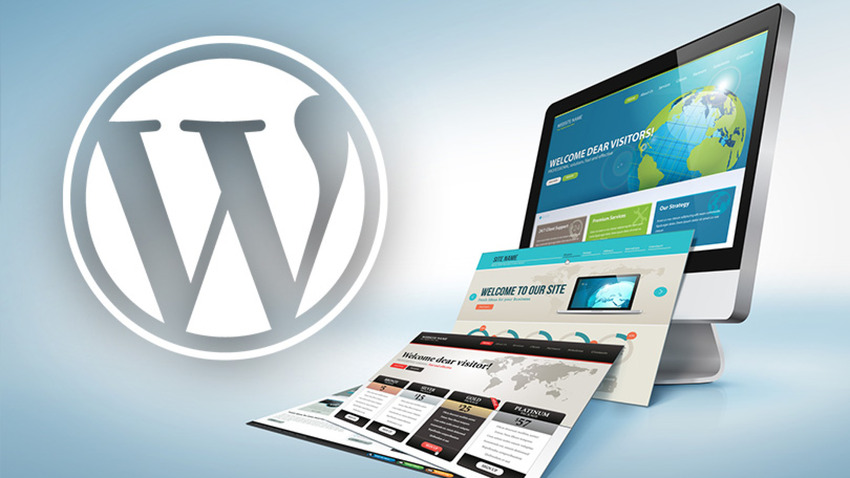What is the best way to design a landing page?
A landing page is a specific page on your website where you collect a visitor’s contact information in exchange for a resource, like an ebook. This contact information is collected using a lead-capture form where visitors enter details like their name, email address, and job title.
The best way to design a landing page depends on your goal, audience, and offer. However, there are some general principles and best practices that you can follow to create a landing page that converts. Here are some of them:
Craft a benefit-focused headline:
Your headline is the first thing your visitors will see, so it should capture their attention and interest. It should also communicate the main benefit or value proposition of your offer. You can use a clear, concise, and compelling headline that answers the question “What’s in it for me?”.
Choose an image that illustrates the offer:
An image can help you convey your message visually and emotionally. It can also help you showcase your product, service, or solution in action. You should choose an image that is relevant, high-quality, and appealing to your target audience. You can also use a video or a GIF to demonstrate your offer more dynamically.
Write compelling copy:
Your copy should support your headline and explain the features and benefits of your offer in more detail. You should use clear, concise, and persuasive language that speaks to your audience’s pain points, needs, and desires. You should also use bullet points, subheadings, and testimonials to break up your copy and make it more readable and credible.
Include the lead form above the fold:
The lead form is the element that collects your visitors’ contact information in exchange for your offer. You should place it above the fold, which means the part of the page that is visible without scrolling. This way, you can increase the visibility and accessibility of your form and encourage more conversions.
Add a clear and standout call-to-action:
The call-to-action (CTA) is the button or link that tells your visitors what you want them to do next. It should be clear, concise, and action-oriented. It should also stand out from the rest of the page with a contrasting color, size, or shape. You should use only one CTA per landing page to avoid confusion or distraction.
Give away a relevant offer:
The offer is the incentive or reward that you give to your visitors for completing your form. It can be an ebook, a webinar, a free trial, a coupon, or anything else that provides value to your audience. Your offer should be relevant to your goal, audience, and industry. It should also be aligned with your visitors’ stage in the buyer’s journey.
Only ask for what you need:
The number and type of fields in your form can affect your conversion rate. The more fields you ask for, the less likely your visitors are to fill out your form. You should only ask for the information that you need to qualify and nurture your leads. You can also use progressive profiling to collect more data over time.
Remove all navigation:
A landing page is different from a regular website page because it has a single purpose and a single action. Therefore, you should remove all navigation elements, such as menus, links, or buttons, that can distract or divert your visitors from completing your form. You should also avoid adding any external links or pop-ups that can take your visitors away from your page.
Make your page responsive:
A responsive landing page is one that adapts to different devices, screen sizes, and orientations. This ensures that your landing page looks good and works well on any device that your visitors use. A responsive landing page can also improve your user experience, SEO ranking, and conversion rate.
Optimize for search:
A landing page can also be optimized for search engines by using relevant keywords, meta tags, title tags, headings, alt text, and URL structure. This can help you rank higher in search results and drive more organic traffic to your landing page. You can also use tools like Google Search Console or Bing Webmaster Tools to monitor and improve your landing page performance.
These are some of the best ways to design a landing page according to various sources. By following these tips, you can create a landing page that attracts and converts more visitors.😊




